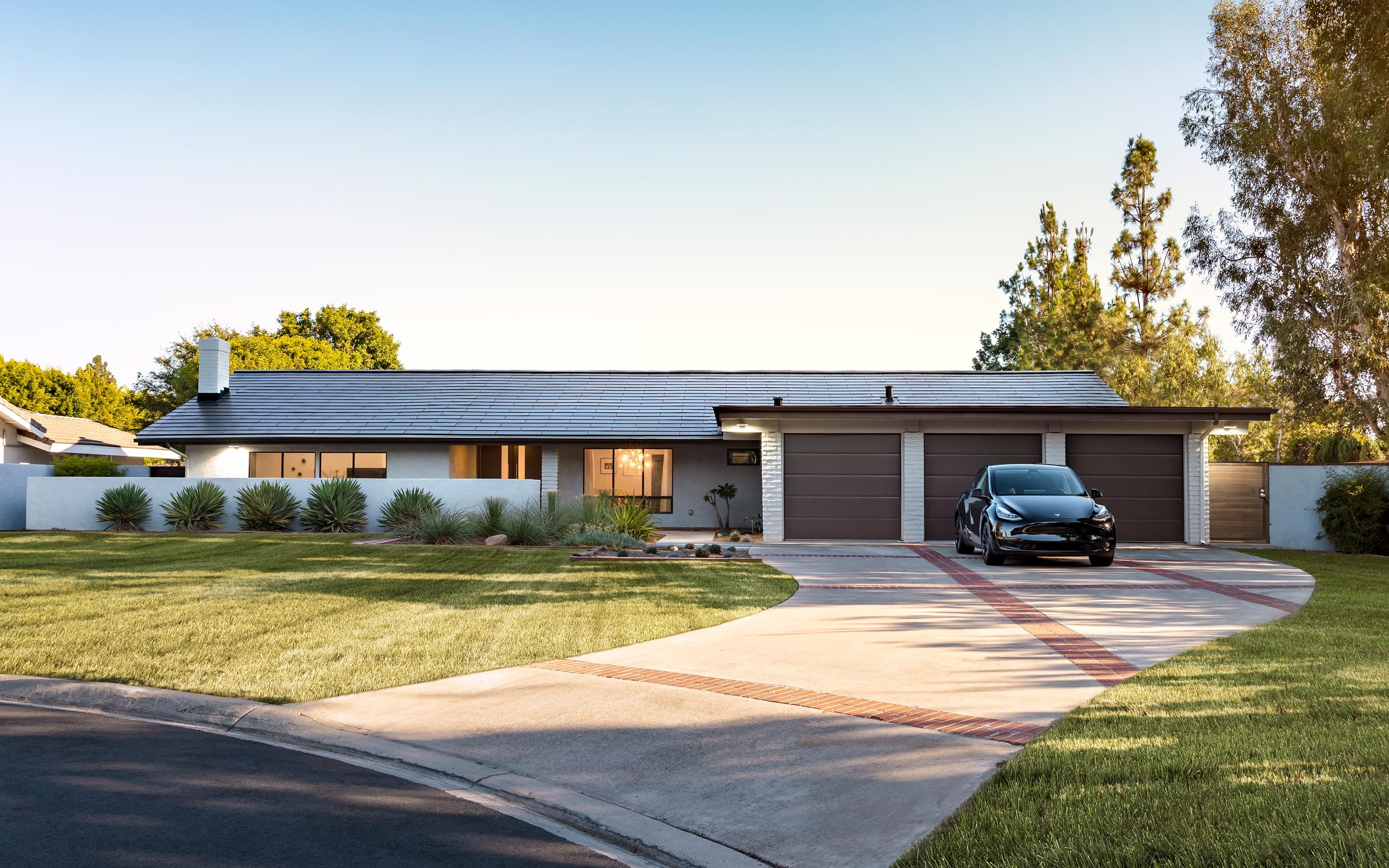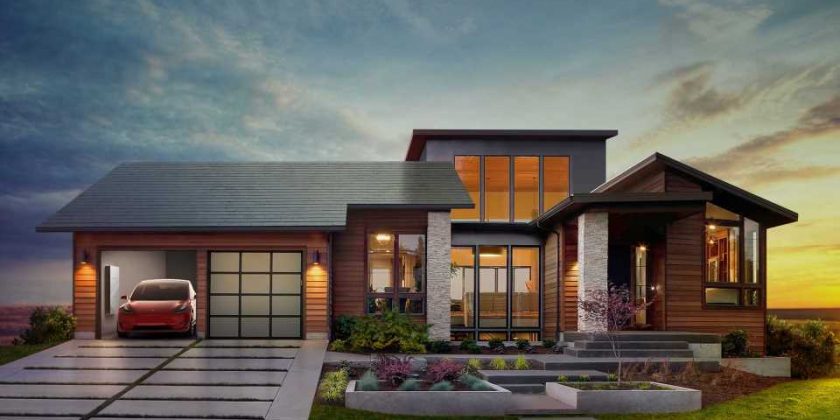Tesla has also reportedly begun production of a new and improved Powerwall.
This article comes to us courtesy of EVANNEX, which makes and sells aftermarket Tesla accessories. The opinions expressed therein are not necessarily our own at InsideEVs, nor have we been paid by EVANNEX to publish these articles. We find the company’s perspective as an aftermarket supplier of Tesla accessories interesting and are happy to share its content free of charge. Enjoy!
Posted on EVANNEX on May 08, 2021 by Charles Morris
Tesla’s Solar Roof got off to a rocky start. The product was first unveiled in 2016, but the company isn’t yet delivering it in large quantities, and the division is still not profitable. Recent price increases have led to some customer dissatisfaction. Elon Musk has been forthcoming about the problems—at one point, he quipped that a prototype was “a piece of [$#!+],” and on the recent Q1 conference call with investors, he admitted that Tesla had made “significant mistakes” in the rollout (as reported by The Verge).
 |
Among other issues, adapting the product to different roofs has proven to be more difficult than anticipated. “The complexity of roofs varies dramatically,” Musk told the investors. As any roofing contractor will attest, roofs come in all shapes and sizes, and some have pre-existing problems that may make it more expensive to install Tesla’s solar tiles. Tesla is offering to refund the deposits of customers who’ve gotten hit with unexpected price increases.
Tesla isn’t abandoning the product, however—far from it. On the recent call, Musk reiterated some of the benefits of the Solar Roof, especially when combined with Tesla’s Powerwall home battery system. In fact, the company has decided to bundle the two products—apparently, Tesla will no longer sell the one without the other. Some might object to this, saying that Tesla is limiting its customers’ choices, but the idea is to simplify both the system installation and the interface between a Solar Roof-equipped home and the local electric utility.
“The difficulty of the installation will be much less,” Musk explained. “It will be much easier because the power from the Solar Roof will only ever go directly into the Powerwall. And the Powerwall will only ever go between the utility and the main power panel of the house, which means you never need to touch the main circuit breakers of the house.”
“Effectively, almost every house, therefore, looks the same electrically instead of being a unique work of art and requiring exceptional ability to rewire the main panel,” Musk continued. “This is extremely important for scalability. It’s the only way to do it, really. And this also means that every solar and Powerwall installation at a house, or whatever the case may be, will be its own utility.”
There’s more news on the Powerwall front—as reported by Electrek, Tesla has quietly begun production of a new and improved version. Musk recently promised a significant power capacity increase, and on the Q1 conference call, he confirmed that Tesla started production of the new version last November.
The new Powerwall 2 Plus has “a lot more peak power capability than the specification on the website,” Musk said. “They have about twice the power capability roughly.” Tesla currently lists the Powerwall 2’s power capacity at 7 kW peak and 5 kW continuous, so it seems that the Powerwall 2 Plus can deliver up to 14 kW of peak power.
Note that this is an increase in peak power, not energy capacity. That means the new Powerwall doesn’t store more energy, but it can deliver more power when in discharge mode. So, for example, when used to provide backup power, a new Powerwall system can power more and/or thirstier electrical devices compared to an old Powerwall system of the same size.
===
Written by: Charles Morris; Sources: Electrek, The Verge
Source: Read Full Article
